Cultivating a thriving garden in Zone 11 can be exciting, especially when you consider the variety of houseplants that can successfully transition from indoor to outdoor living.
With year-round warm temperatures and minimal frost exposure, this climate zone provides the perfect environment for many tropical and subtropical plants to flourish outdoors.
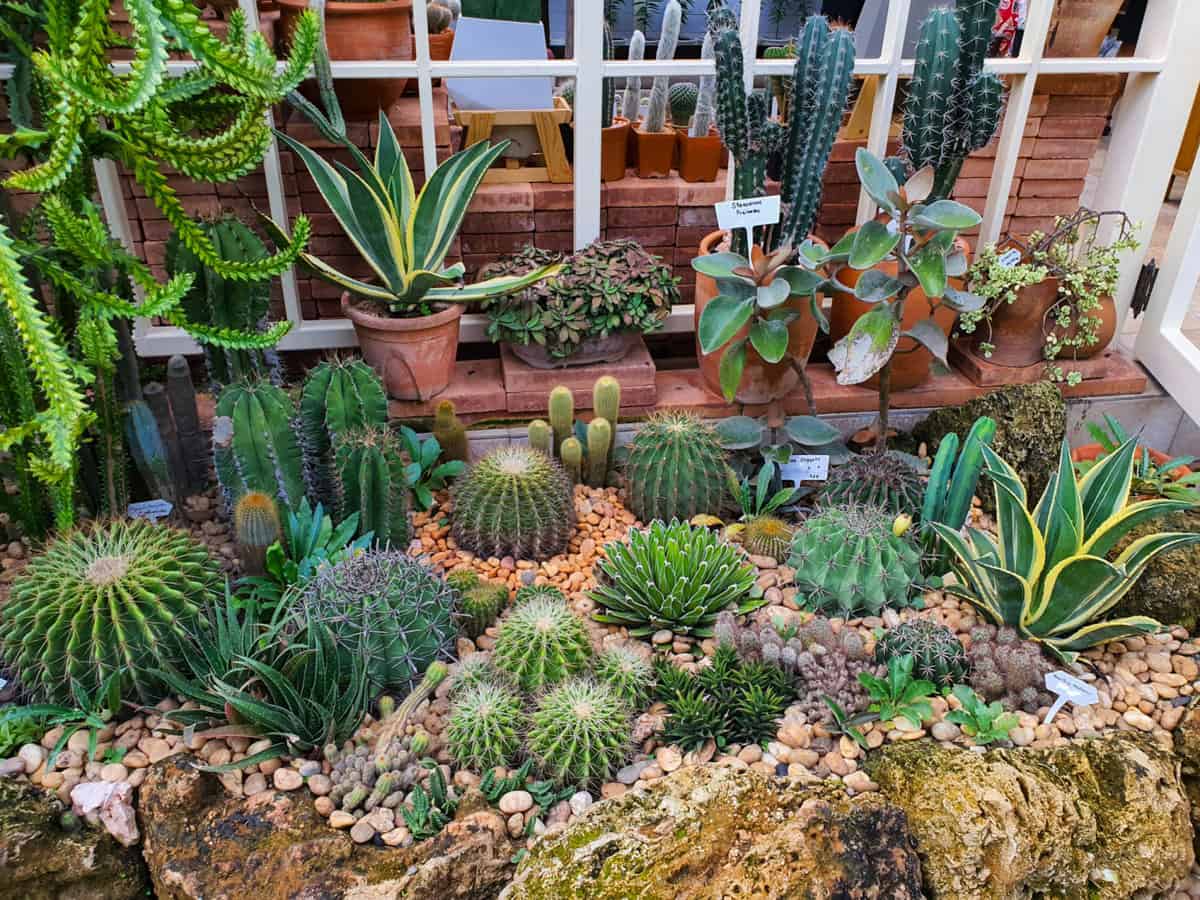
To get started, consider hardy and heat-loving plants which can adapt well to life outside in Zone 11.
Below we've prepared a list of plants you can transition from indoor to outdoor and will survive the warm temperatures of Zone 11.
Understanding Zone: Climate Characteristics and Growing Season
In Zone 11, you'll find a tropical climate that offers warm temperatures year-round. The average temperature generally ranges from 65°F to 95°F.
With the absence of frost and freezing temperatures, you can grow a wide variety of plants outdoors, including many that are usually considered houseplants.
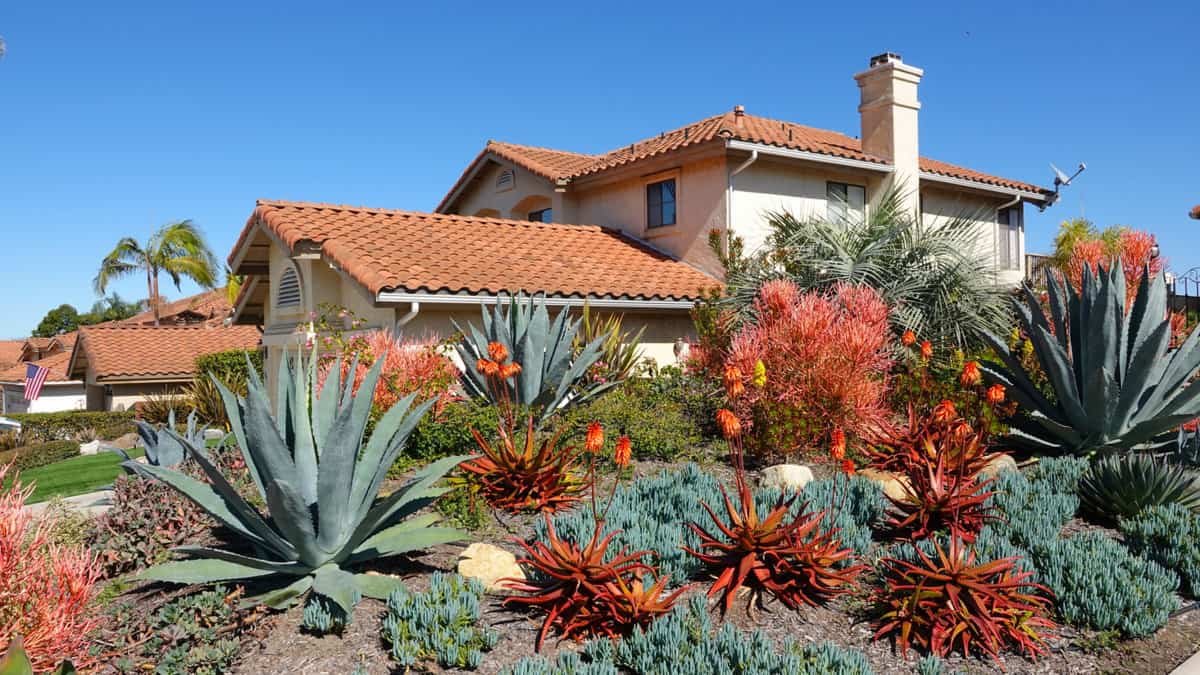
Rainfall in this zone might be abundant, particularly during the wet season, which can extend from late spring to early fall.
Humidity levels are typically high, so it's crucial to select plants that can tolerate these conditions.
The growing season is relatively long, giving you ample time to cultivate plants outdoors.
With a frost-free environment, you can often plant throughout the year, although you might choose to avoid the hottest summer months when temperatures can soar, and the sun might be too intense for some plants.
Best Indoor-to-Outdoor Houseplants for Zone 11
Since many houseplants are native to tropical regions, they'll appreciate the warm, humid environment that Zone 11 provides.
Transferring your indoor plants outside can help them thrive as long as you adapt and monitor their care to suit the outdoor environment, such as adjusting their water and light requirements.
Here's a quick list of some of the best indoor houseplants you can transfer outdoors and still thrive in the warm temperatures of Zone 11.
1. Fiddle-Leaf Fig
Fiddle-leaf figs (Ficus lyrata) are a popular choice for indoor and outdoor settings.
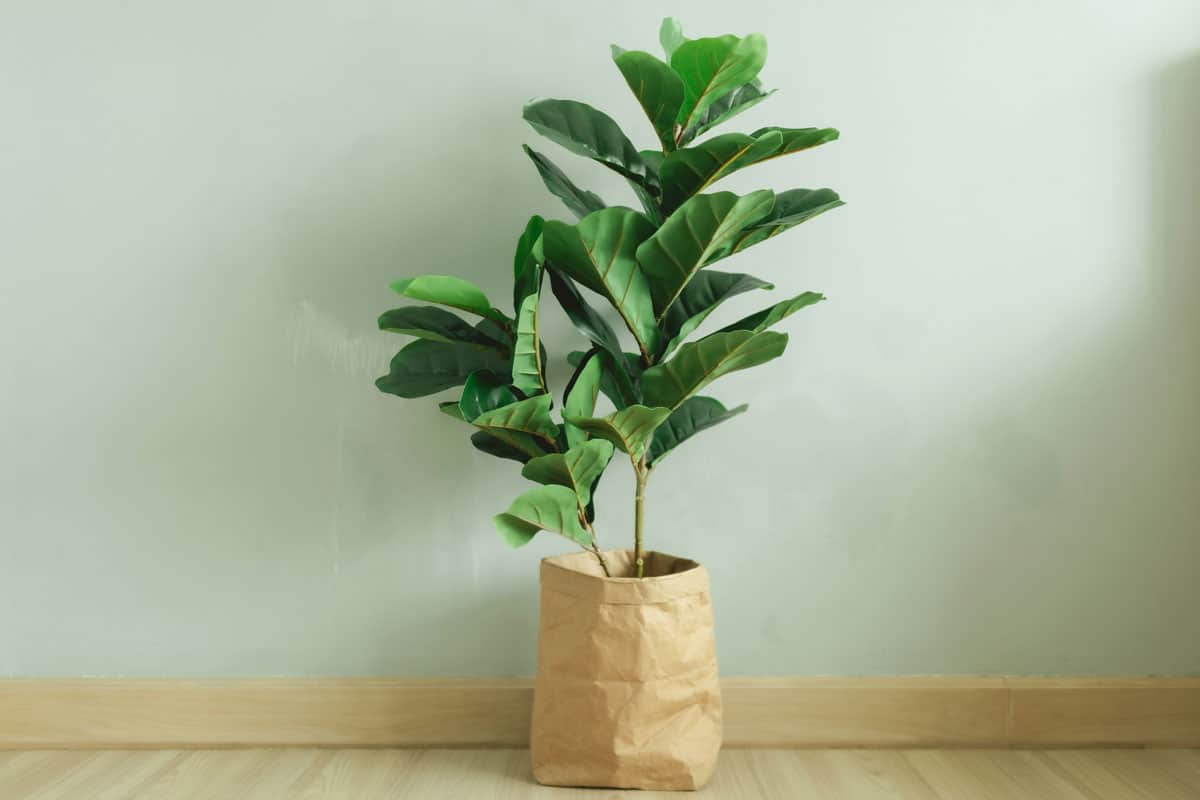
These tropical plants are known for their large, distinctive leaves that offer a modern and stylish look.
To help your fiddle-leaf fig thrive outside, make sure to place your plant in a spot that gets bright and indirect sunlight.
Maintain consistently moist soil, but avoid overwatering. Lastly, ensure adequate air circulation to prevent fungal issues.
2. Monstera Deliciosa
Monstera deliciosa, also known as Swiss cheese plant or split-leaf philodendron, is well-suited for both indoor and outdoor living in Zone 11.
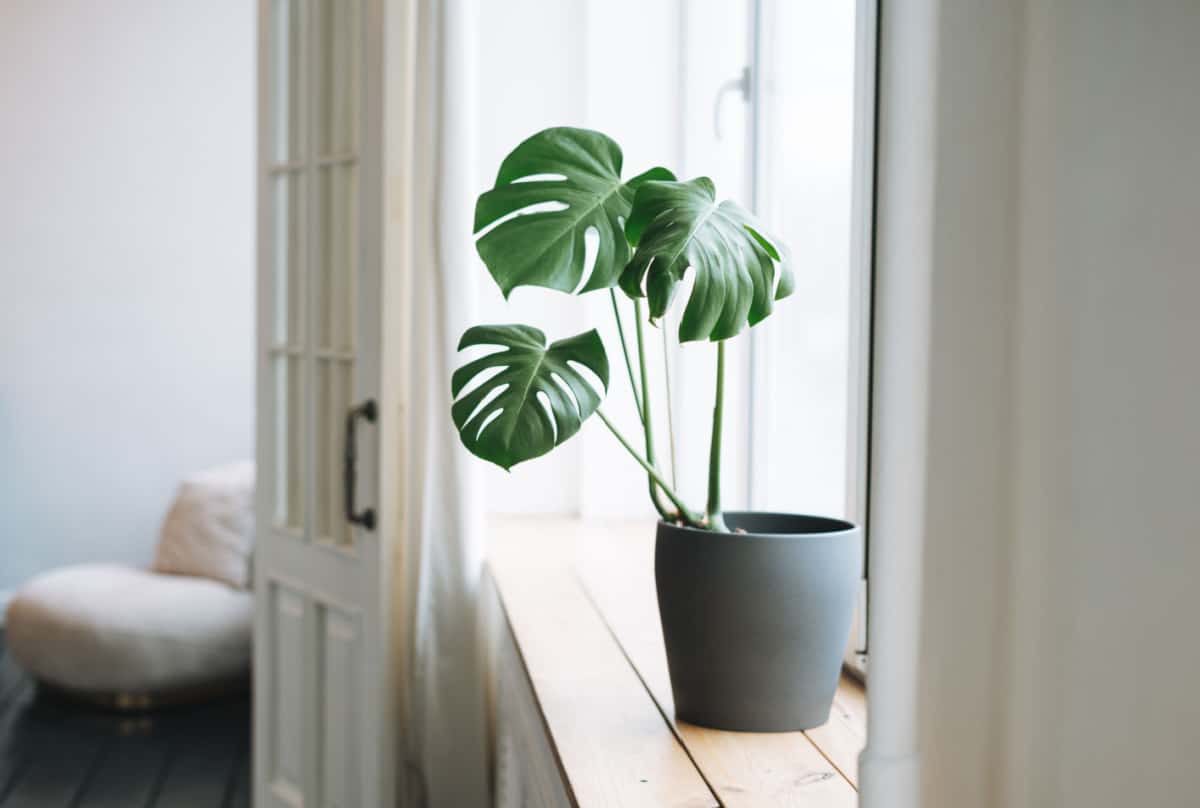
To care for your Monstera when you move it outside, keep it in a shady location with some dappled sunlight.
Water regularly, but let the soil dry out slightly between waterings. Finally, provide support, like a trellis, for climbing and sprawling growth.
3. Snake Plant
Snake plants (Sansevieria trifasciata) make a perfect houseplant-to-garden transplant due to their adaptability and low-maintenance nature.
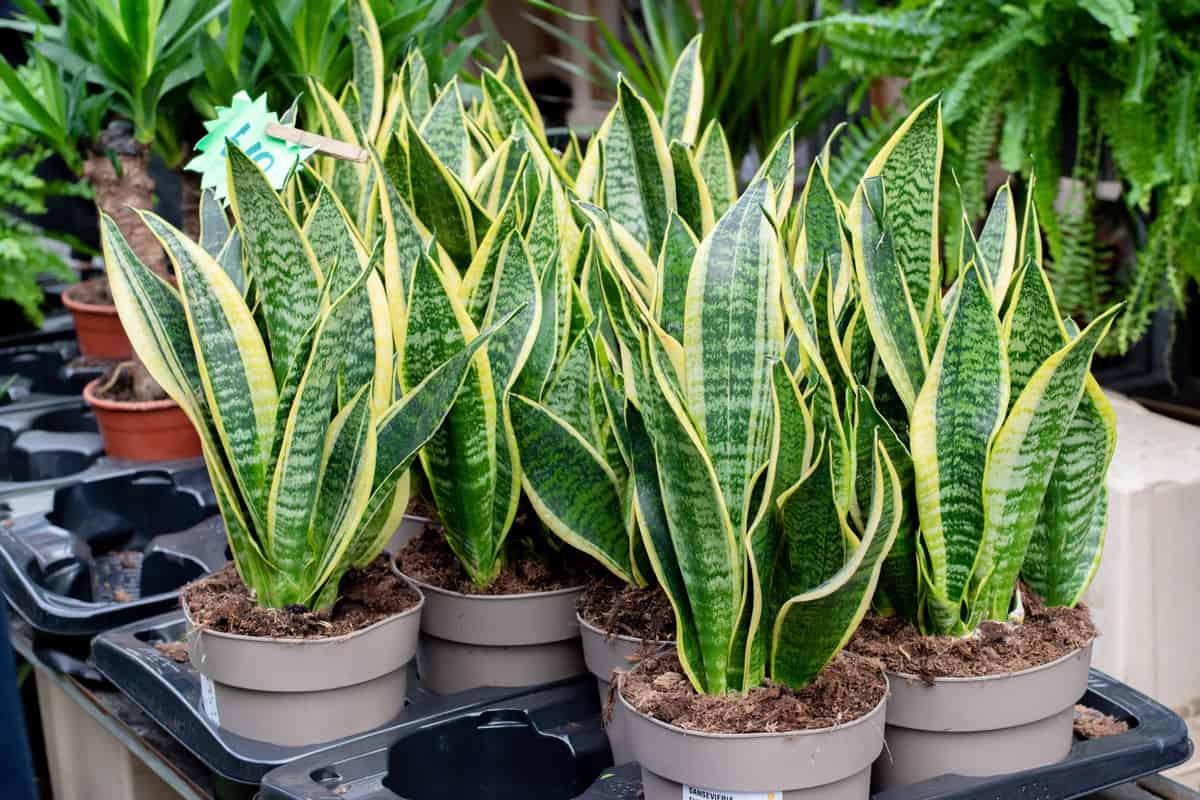
When moving your snake plant outdoors, choose a spot with bright, indirect sunlight or light shade. Allow the soil to dry completely between waterings.
Although snake plants are very hardy, it is still necessary to protect them from extreme heat or direct sunlight, which can cause leaf damage.
4. Jade Plant
Jade plants (Crassula ovata) are succulents that can easily transition from indoors to an outdoor setting in Zone 11.
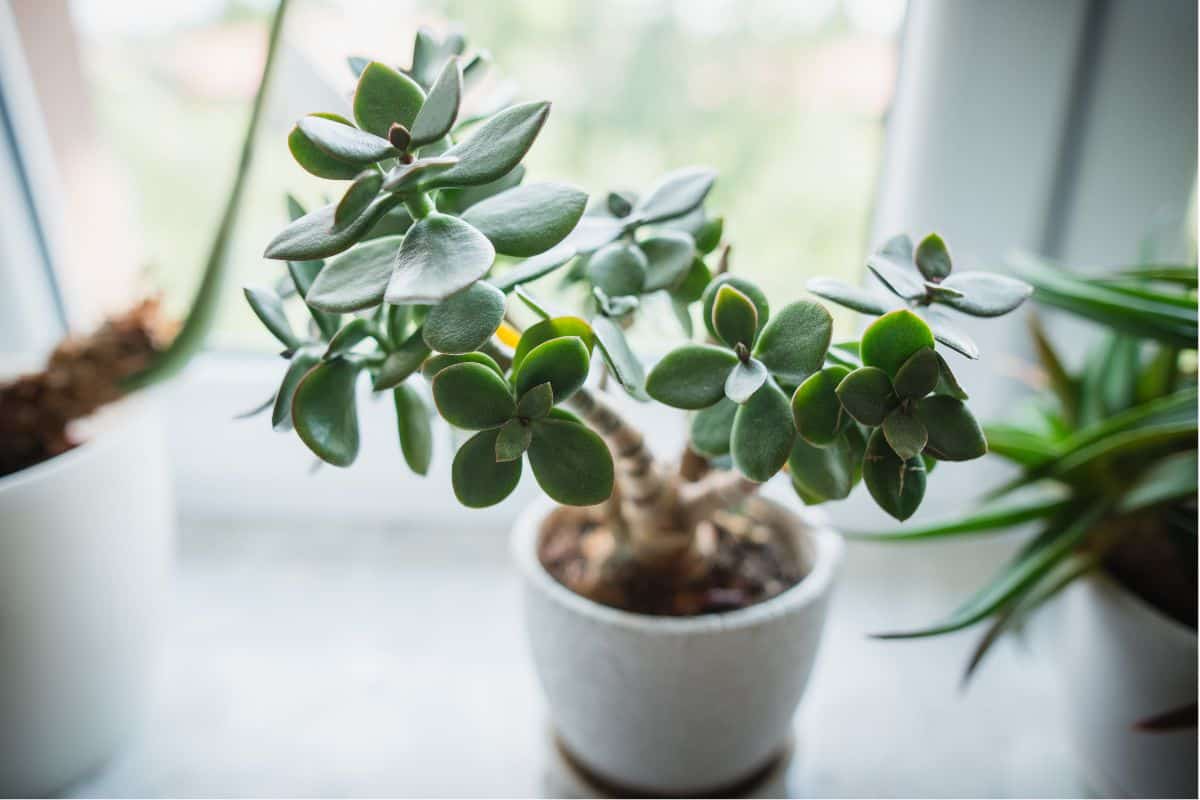
Care for your jade plant outside by placing it in a sunny location with some afternoon shade. Water sparingly, allowing the soil to dry completely between waterings.
Prune it regularly to maintain your desired shape and promote bushier growth.
5. Ponytail Palm
Ponytail palms (Beaucarnea recurvata) are unique, low-maintenance plants that add an architectural touch to your outdoor space.
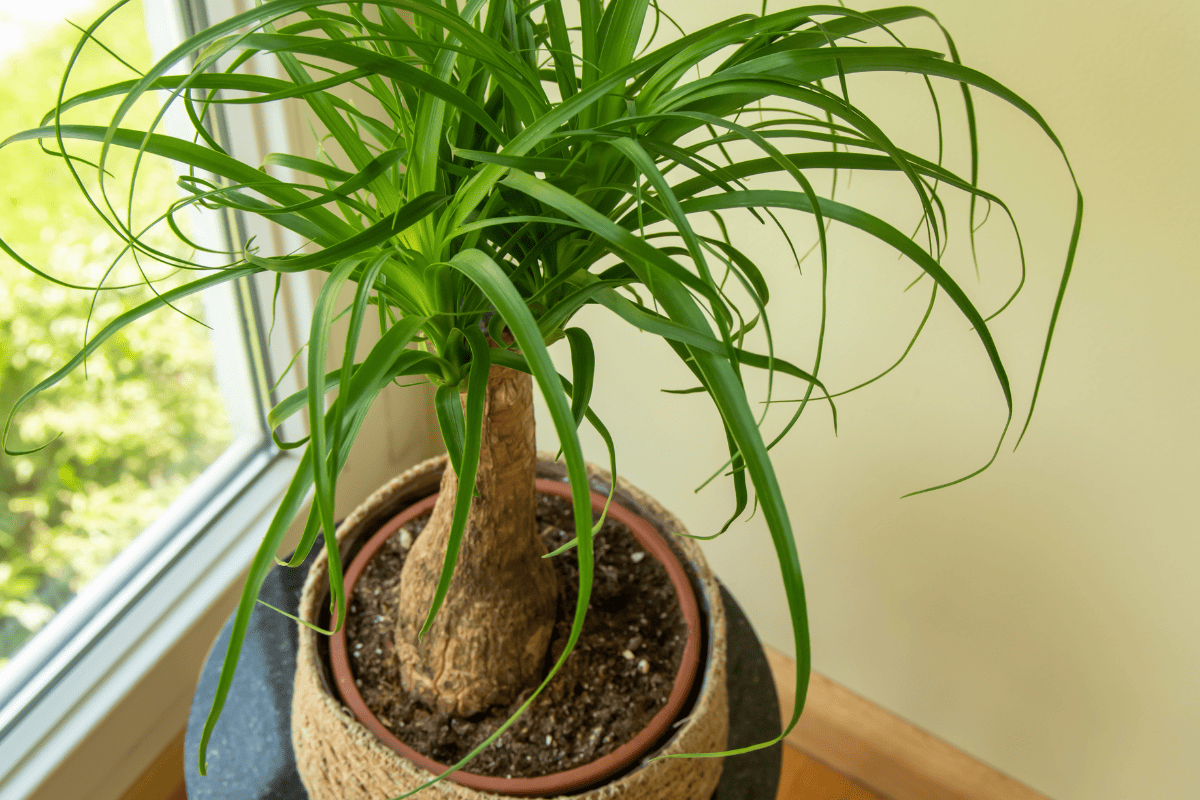
When moving your ponytail palm outdoors, remember to place it in a bright spot with direct sunlight for at least six hours a day.
Water moderately, allowing the soil to dry completely between waterings. Plant it in a well-draining soil mix to prevent root rot.
6. Croton
Crotons (Codiaeum variegatum) are flamboyant, multi-colored shrubs that love bright light and humidity but are particular about their water intake.
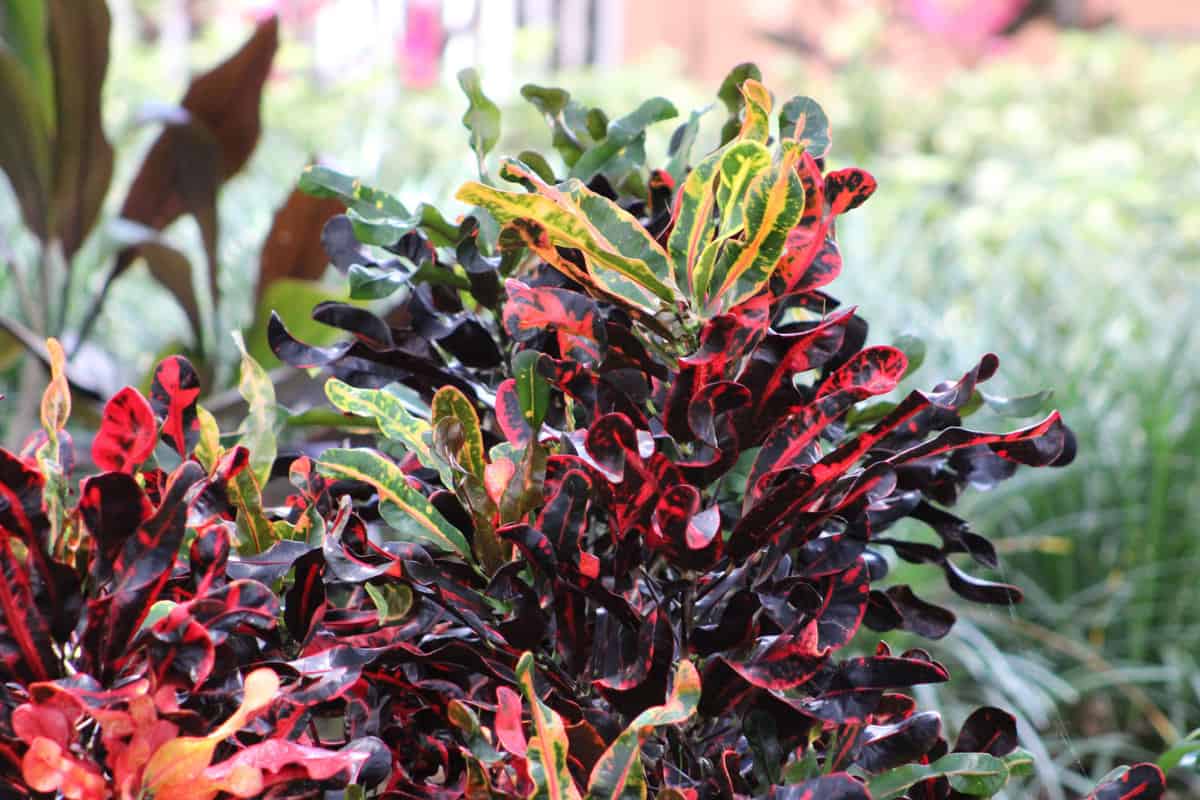
They prefer moist—not soggy, not dry—soil. Be aware that Croton leaves will drop if it’s getting too much or too little water or if the temperature dips too low.
7. Amaryllis
Amaryllis plants, known for being relatively easy to bloom, can also thrive outdoors. They function best in bright, indirect light with regular watering.
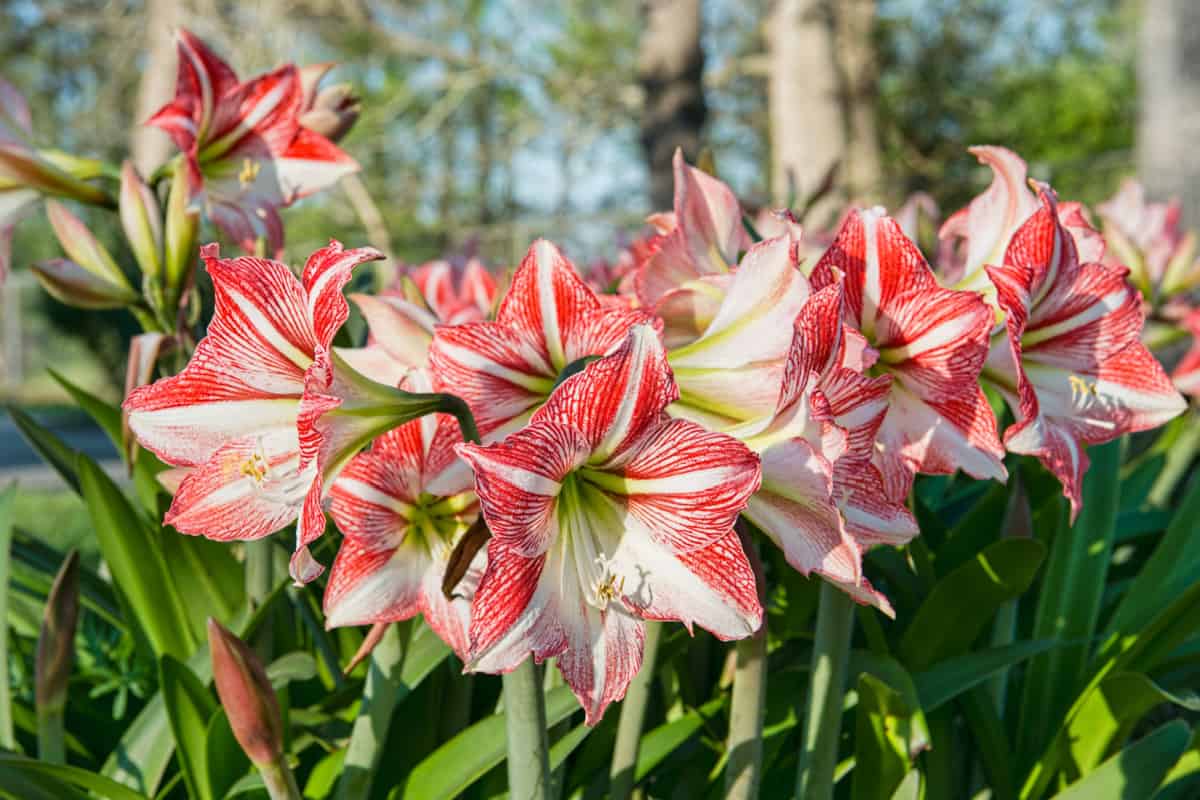
They are easy to grow in the garden and can be planted in beds, borders, or containers outside.
They look exceptionally attractive when planted in groups and are resistant to both deer and many rodents.
The waxy leaves are able to hold a lot of moisture, giving them an advantage when it comes to outdoor heat.
8. Ficus
Despite some Ficus trees getting a reputation for being finicky, they can actually thrive outdoors.
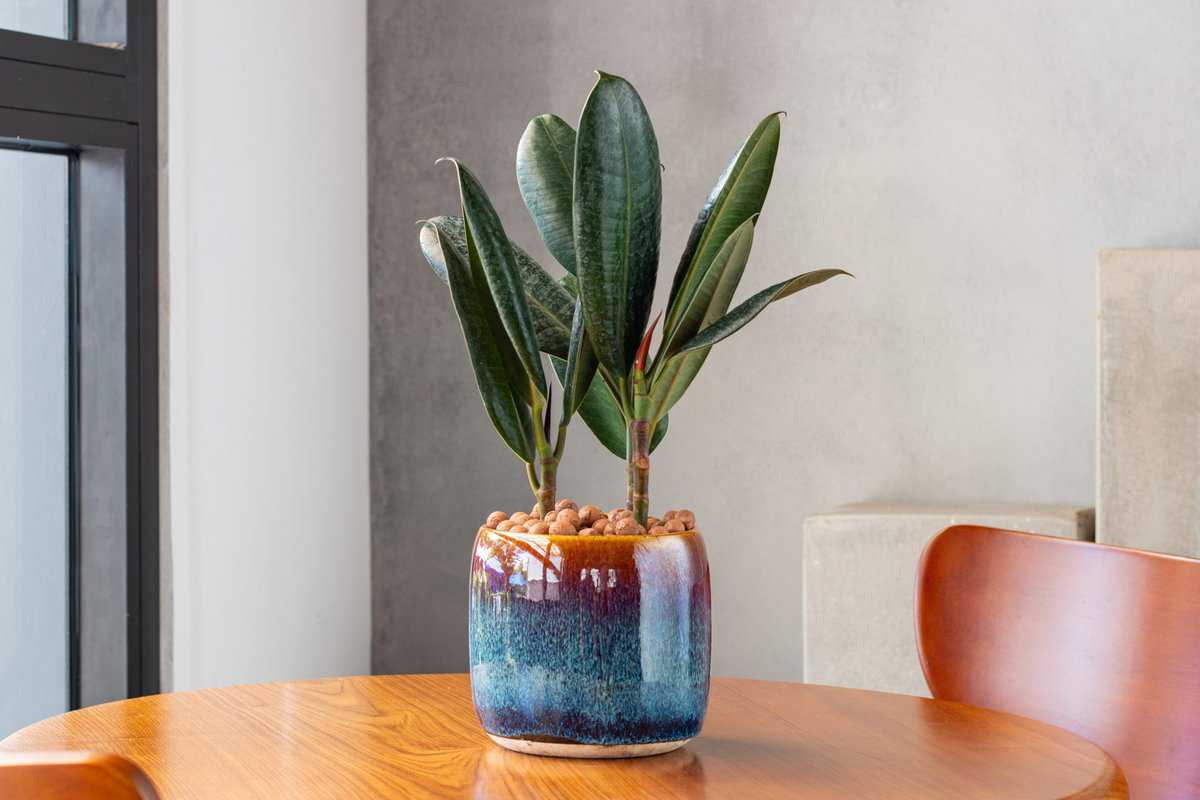
However, if your Ficus is already living its best life in a bright corner in your home, it's not necessary to move it outside as the disruption might do more harm than good.
It's normal for a few leaves to drop when moving your Ficus, especially when moving it back inside in the fall.
Transitioning Houseplants Outside
Here are some guidelines to consider before you transfer your houseplants outdoors.
Gradual Adjustment Process
When you're ready to move your houseplants outside, it's important to follow a gradual adjustment process.
Start by placing them in a shady, protected area outside for a couple of hours each day.
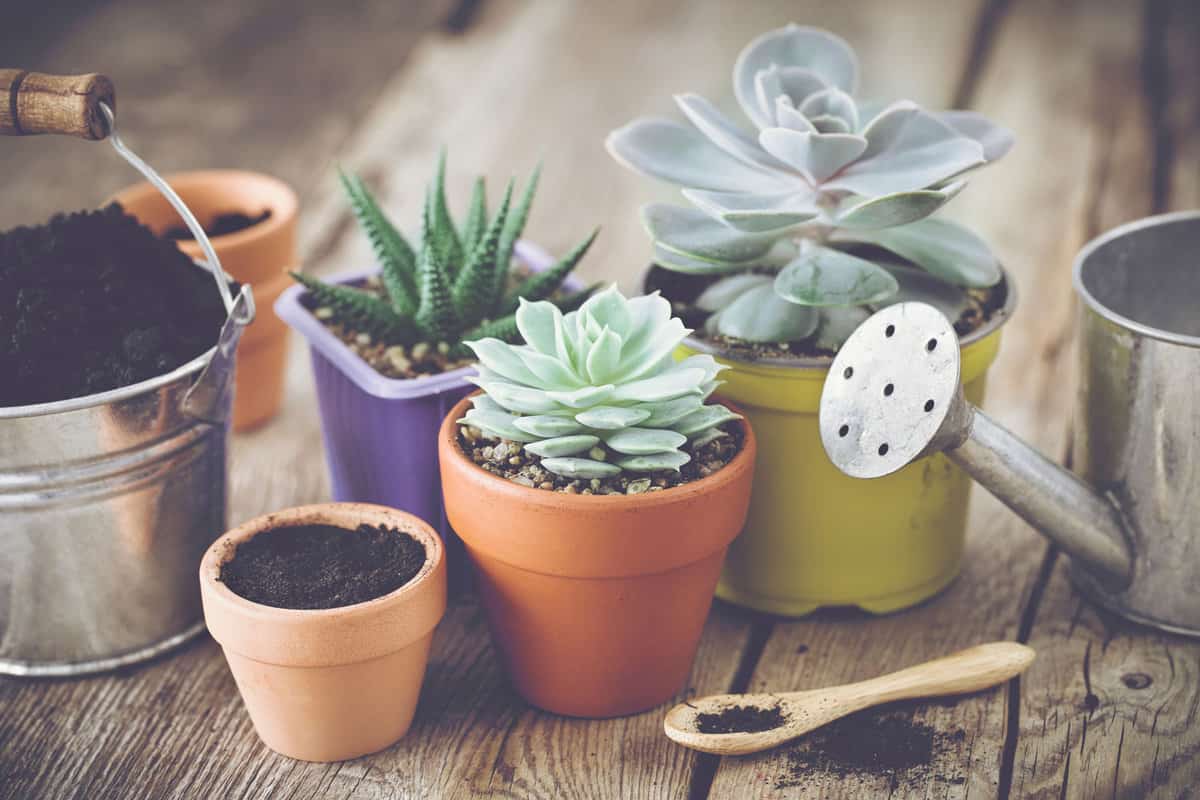
Over the course of a week or two, gradually increase the amount of time they spend outside and the amount of sunlight they receive.
This will help your plants acclimate to the new environment and reduce the risk of sunburn or shock.
Perfect Timing
Timing is crucial when it comes to transitioning your houseplants to the outdoors.
The best time to move them outside in Zone 11 is after the threat of frost has passed, and temperatures are consistently above 60°F during the day.
Ideally, acclimate your plants to outdoor conditions during a period of warm, overcast weather, as this will help minimize their stress during the transition.
Dealing With Pests
Before you move your houseplants outside, carefully inspect them for signs of pests or diseases.
Treat any issues you find accordingly and consider using preventive measures, such as neem oil or insecticidal soap, to protect your plants from new pests they may encounter outdoors.
Regularly check your plants for any new pests or problems and address them promptly to ensure they continue to thrive.
You Can Help Your Plants Thrive in Any Weather Condition With Proper Care
Having a selection of indoor-to-outdoor plants not only adds beauty to your outdoor living spaces but also contributes to your overall well-being.
As you continue to care for your chosen plants, you'll witness their growth and adaptability. Don't be afraid to experiment, as gardening is a learning process.
We hope you learned a few things about gardening in this zone. For more garden care tips for Zone 11, check out these other articles:
How to Care for Your Garden in the Constant Warmth of Zone 11
11 Year-Round Flowering Plants for Zone 11 Gardens: a Colorful Parade of Perennials
